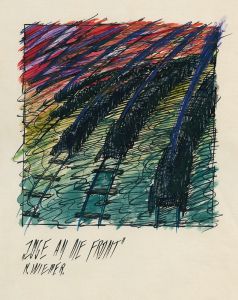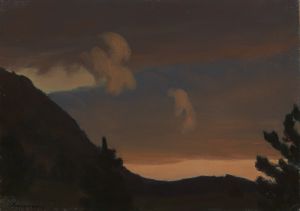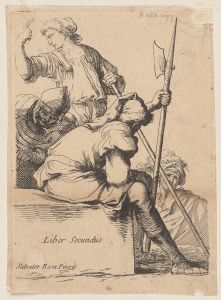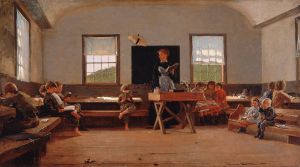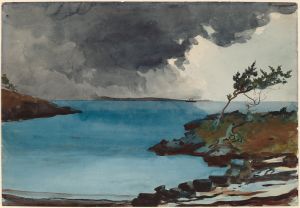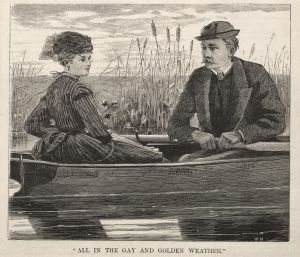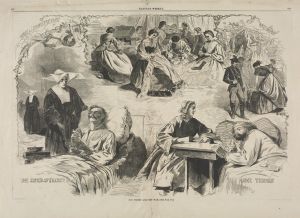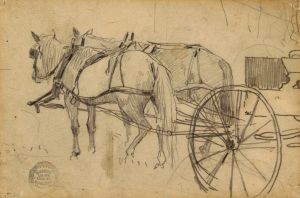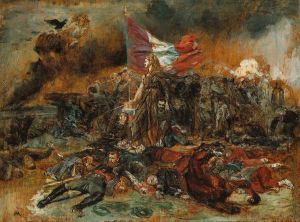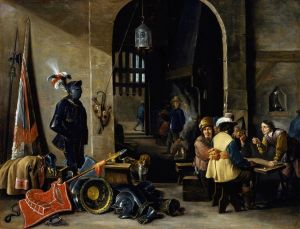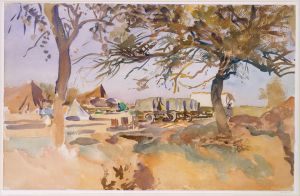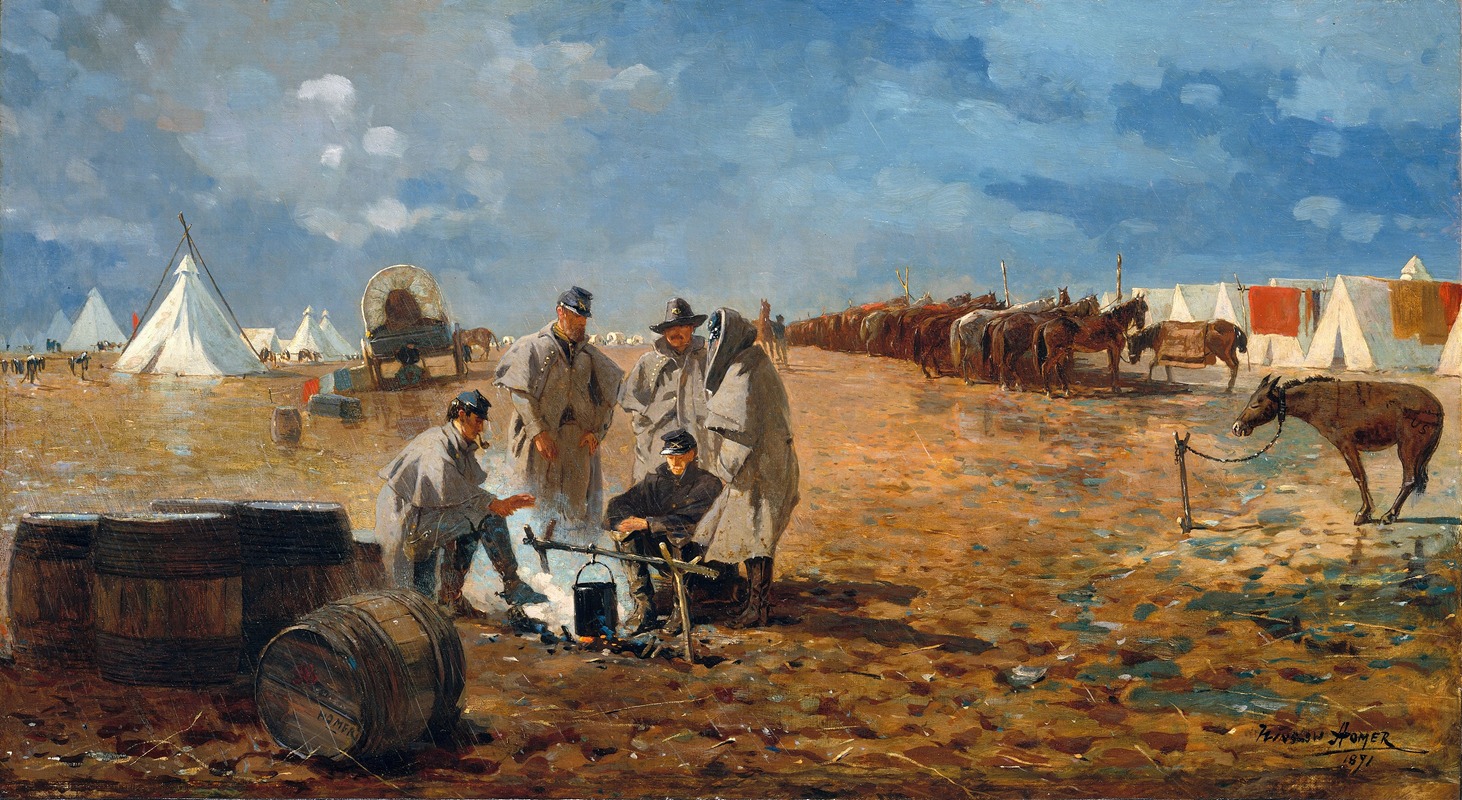
Rainy Day in Camp
A hand-painted replica of Winslow Homer’s masterpiece Rainy Day in Camp, meticulously crafted by professional artists to capture the true essence of the original. Each piece is created with museum-quality canvas and rare mineral pigments, carefully painted by experienced artists with delicate brushstrokes and rich, layered colors to perfectly recreate the texture of the original artwork. Unlike machine-printed reproductions, this hand-painted version brings the painting to life, infused with the artist’s emotions and skill in every stroke. Whether for personal collection or home decoration, it instantly elevates the artistic atmosphere of any space.
"Rainy Day in Camp" is a painting by the American artist Winslow Homer, created in 1871. Winslow Homer is renowned for his depictions of American life and landscapes, and he is considered one of the foremost painters of the 19th century. His works often capture the essence of American culture and the natural environment, and "Rainy Day in Camp" is no exception.
This painting is part of Homer's exploration of themes related to the American Civil War, a subject he frequently addressed in his art. Although Homer did not serve as a soldier, he worked as an artist-correspondent for Harper's Weekly during the Civil War, which gave him firsthand exposure to the life of soldiers and the realities of war. His experiences during this time significantly influenced his artistic output.
"Rainy Day in Camp" depicts a scene of soldiers in a camp setting, enduring a rainy day. The painting captures the mundane and often harsh conditions faced by soldiers during the Civil War. Homer’s attention to detail and his ability to convey mood and atmosphere are evident in this work. The overcast sky and the soldiers' postures suggest a sense of weariness and monotony, reflecting the daily life of soldiers when not engaged in battle.
Homer's use of color and composition in "Rainy Day in Camp" is notable. The muted palette, dominated by grays and browns, enhances the somber mood of the scene. The artist's technique in rendering the rain and the wet ground adds a layer of realism to the painting, immersing the viewer in the experience of the soldiers. The figures are arranged in a way that suggests camaraderie and shared hardship, a common theme in Homer's Civil War works.
This painting is an example of Homer's transition from illustration to fine art. After the Civil War, Homer increasingly focused on painting, developing a style characterized by its directness and realism. "Rainy Day in Camp" reflects this shift, as it moves away from the more narrative-driven illustrations he produced for magazines and towards a more nuanced exploration of mood and atmosphere.
Homer's Civil War paintings, including "Rainy Day in Camp," are significant for their historical and cultural insights. They provide a window into the lives of soldiers and the impact of the war on American society. These works are valued not only for their artistic merit but also for their contribution to the documentation of American history.
Today, Winslow Homer is celebrated as a pivotal figure in American art, and his works are held in high esteem by art historians and collectors alike. "Rainy Day in Camp" remains an important piece within his oeuvre, exemplifying his skill in capturing the human experience and the American landscape. The painting is housed in various collections and continues to be studied and appreciated for its artistic and historical significance.





